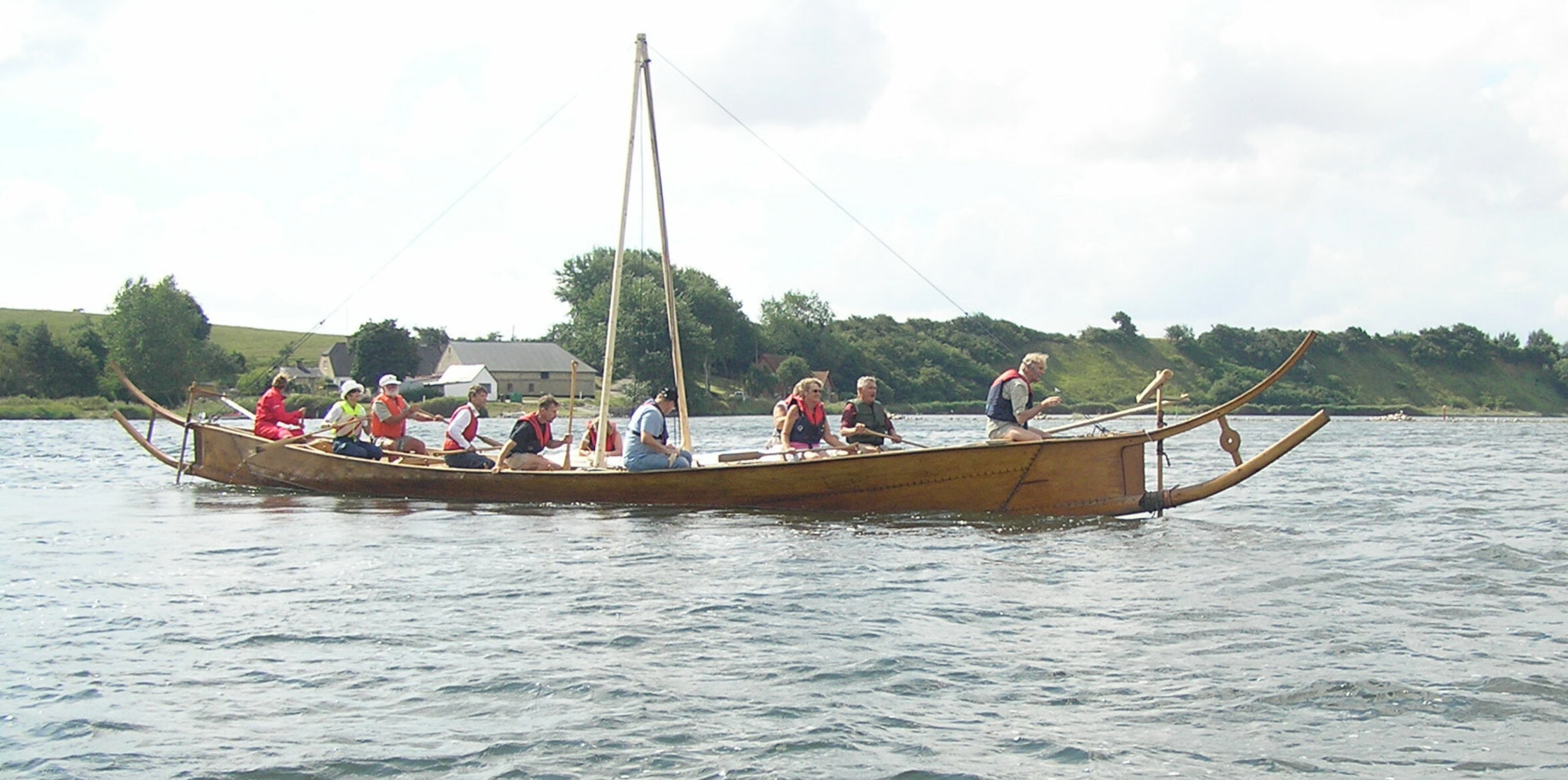The Bronze Age Scandinavians started to open sea in giant canoes, work

Scientists say that the Bronze Age Scandinavians may have passed directly on the open sea from Denmark to Norway.
The cultures of the people in North Denmark and Southwest Norway were similar to similar works, grave systems and architecture.
So far, researchers have thought that the cultural change between the two regions was possible by ships traveling for a certain, long route.
This was a route of 700 kilometers (434 miles) following the Scandinavian coastline, opposite Denmark, on the shores of Sweden and to Southwest Norway.
However, a new simulation shows that older people in these regions may have traveled directly between the two areas and may pass over more than 100 kilometers (62 miles) on the open ocean.

Scientists for their work developed a computer program that evaluates the factorsThe current and the wind are together with data on how a ship moves from water.
B.C. They used a reconstruction of the HjortSpring boat, a large shovel -oriented canoe used around 350.
Researchers compared directly open water journeys (110 km) between Jutland and southwest Norway at the beginning of the Scandinavian Bronze Age (110 km) and “Coast Wrap” (700 km) (700 km).
Scientists, these two areas BC. Between 2350 and 1500, it is known that it was “closely linked” in the later part of the Tour Age.
The latest simulations showed that the Bronze Age people probably had the ability to travel directly from Denmark to Norway on the open ocean.
Scientists say that these trips will need winds up to 10 knots, along with a boat that can navigate in waves up to a height of one meter and with good air estimated and navigation skills.
Although the researchers were more secure and possible throughout the coastline, the longer route was probably limited to the summer months of directly open ocean transitions.
It would take several weeks to complete longer journeys, and it would often require stops to re -stock the ingredients.
“Our findings show that systematic and regular transitions in the open sea that lasts long -lasting open sea on ships similar to the HjortSpring boat show that such journeys may have started with 2300 BC.”
“However, successful journeys needed comprehensive maritime-how and maritime skills and crews,” he added.
Scientists say that the model developed in the study can be adapted to examine other maritime cultures when sufficient information is given about the shape and specifications of their ships.
“This vehicle offers a new way to evaluate prehistoric navigation and maritime capabilities, while at the same time providing a direct comparison between ships and ship configuration, navigation skills and drive,” he wrote.




